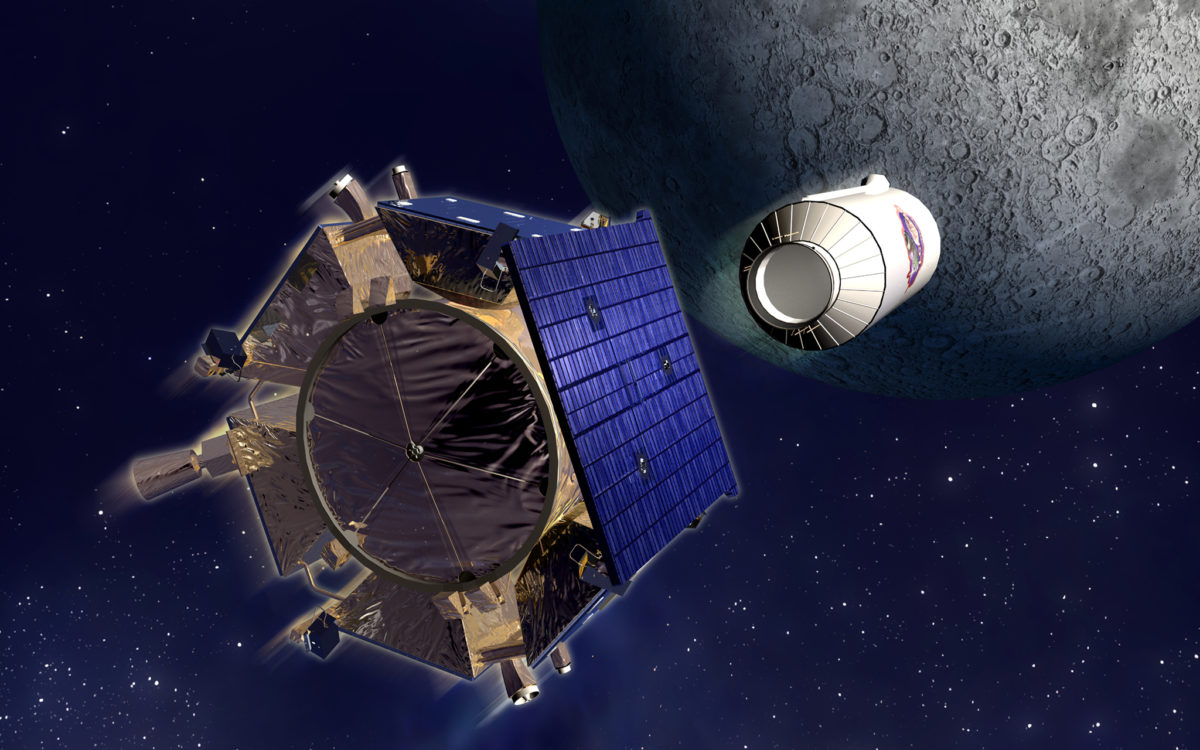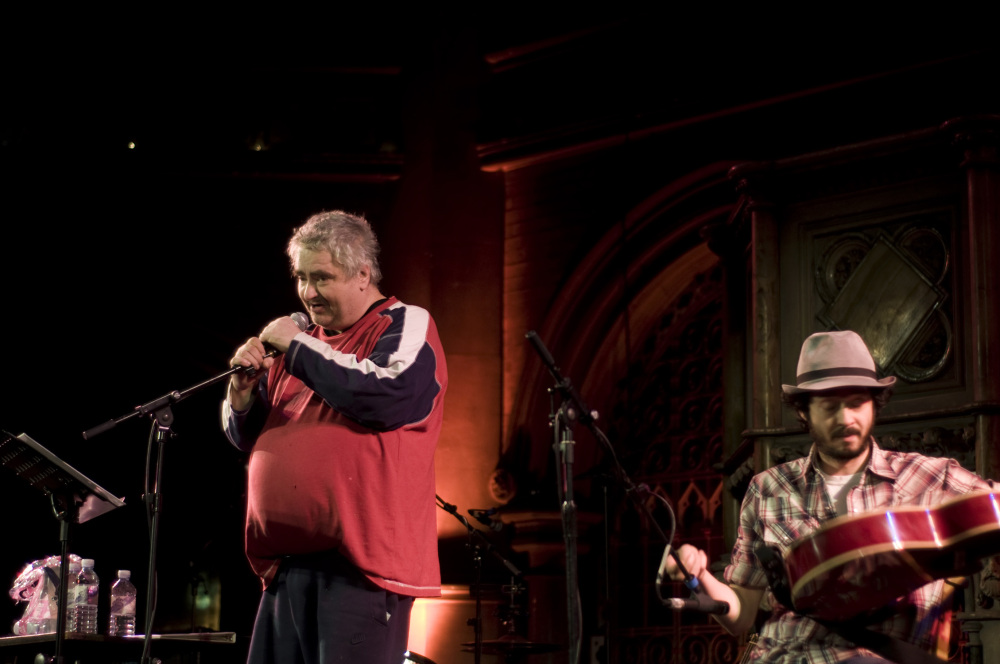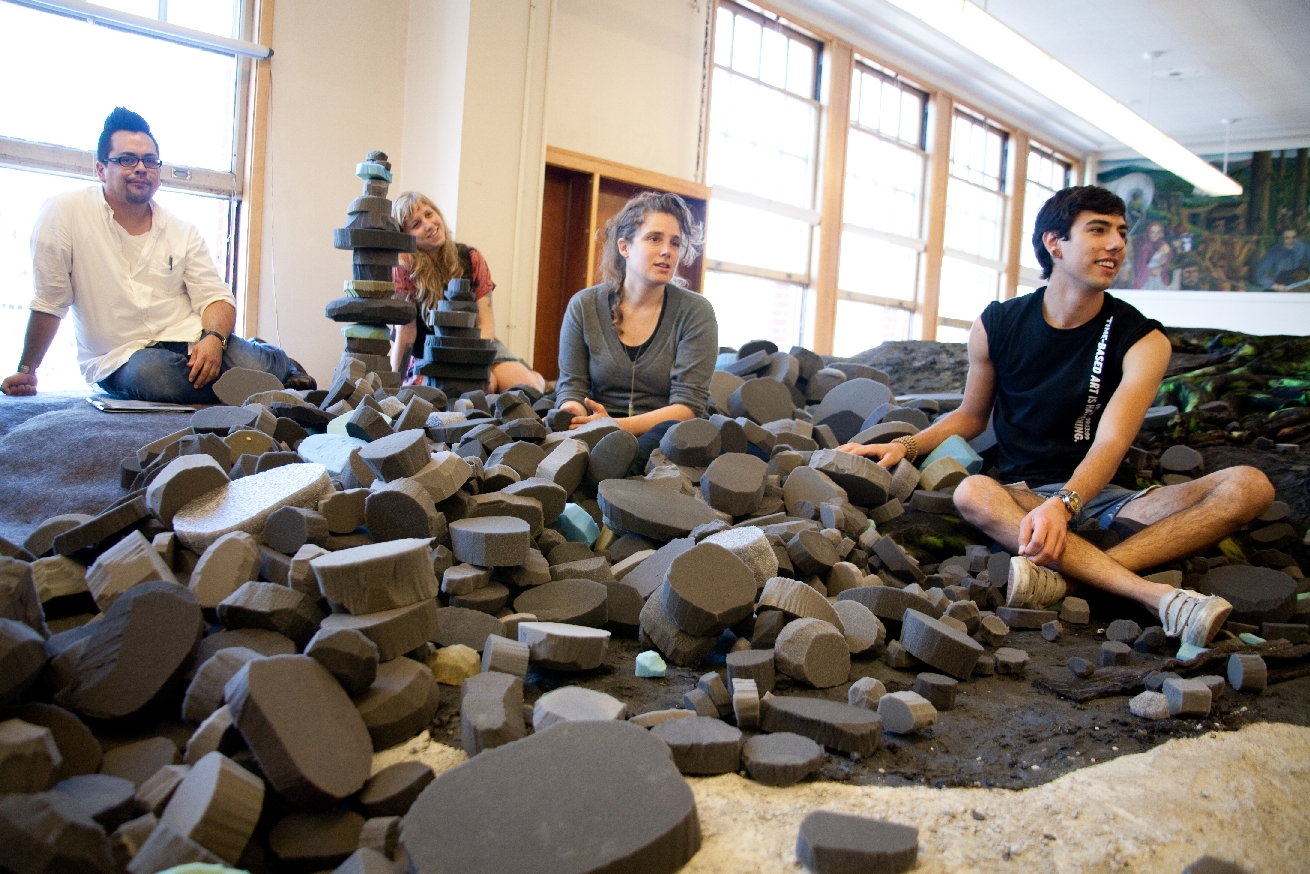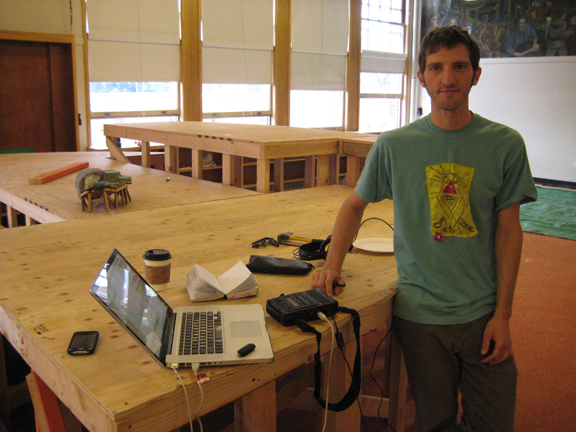In the weeks leading up to the 2009 iteration of the Time-Based Art Festival annually produced by Portland Institute for Contemporary Art (PICA), I was given a chance to guest host an episode of Art Focus on KBOO, September 01, 2009. Host Eva Lake gave me a chance to program my own show. I ran with it, packing in guests.
Featuring the guest artistic director at that time Cathy Edwards and monologist Mike Daisey on the phone, visual artists Fawn Krieger and Jesse Hayward in pre-recorded interviews, plus staff curators Erin Boberg and Kristan Kennedy in the studio, this moment is kind of amazing.
The first segment introduces the festival with Cathy, Erin, and Kristan. I bring in Mike, and the discussion gets underway. Around 20 minutes, I cut to a produced segment with Fawn and Jesse, their interviews stitched together with a brief music concrete piece built with field recordings at The Works, the combined art exhibition and temporary night club space that acts as a centerpiece for the festival. The final few minutes are given to pontificate on contemporary art.
It was fun to listen to this again, even though I cringe at a few things. The funny thing about community radio is that hosts have minimal media training, and I mean that in both the technical sense and in quotes, “media training,” a euphemism for polite, energetic, palatable behavior for the audience.
There is a moment when everybody is going on about Philadelphia Live Arts Festival (now Fringe Festival). Inwardly, I’m freaking out because I lost control. Without media training, I crudely redirect the conversation back to TBA. Okay, it was fine.
As a result of what I felt to be aggressive behavior, I started doing the now ubiquitous vocal fry thing. When the microphone picks up your voice in every detail, it’s easy to slip into. I just think it’s a bad habit that became popular.
Whenever I did these live day time talk shows, I felt pressure to be far more professional and palatable than I was on my late night shows, but really I’m a basket case behind this calm demeanor that I manage to project.
I overcompensated by packing in guests. Thirty minutes with Mike Daisey talking about TBA alone could have been a great show.
Somehow, I expected to bring Oregon Painting Society on despite having these wonderful guests in the studio and on the phone. That would have been saturation. Thankfully, they never showed up, or there was a miscommunication, I cannot recall, but I mentioned it at the end of the show.
To reflect on the oddness that the most comparable event to TBA just so happened to be in the city I now live and love, Philadelphia, and that I forgot about that, shows there’s weird symmetry to everything. Portland was where I discovered myself as an artist and media producer while TBA played a meaningful role in that. I haven’t felt similar until the last year in Philly.
The years that I spent attending and covering the festival from 2007 to 2015 were very special to me. I don’t know what word to describe the sum total of education, mind expansion, creative inspiration, and social gratification that I derived from it, but it’s rad.
I remain in contact with Kristan a little bit via Instagram. We have reminisced on the fact that I got to experience those formative growth years, the good old years.
When I found this audio and wanted to post about it, I asked her about Philadelphia Live Arts and she pointed me to this 2013 article by Philadelphia Dance. It was basically a rebranding strategy tied to the development of a new performance venue owned by the same organization.
My understanding is that much like FringeArts is the same but has changed, Time-Based Art Festival has taken a different shape with institutional change. I am sure that during covid there were substantial adaptations to old ways. Coming up on 20 years, I would love to attend to see for myself. That said, I haven’t been to Fringe before, so it’s in the bucket for the future.





